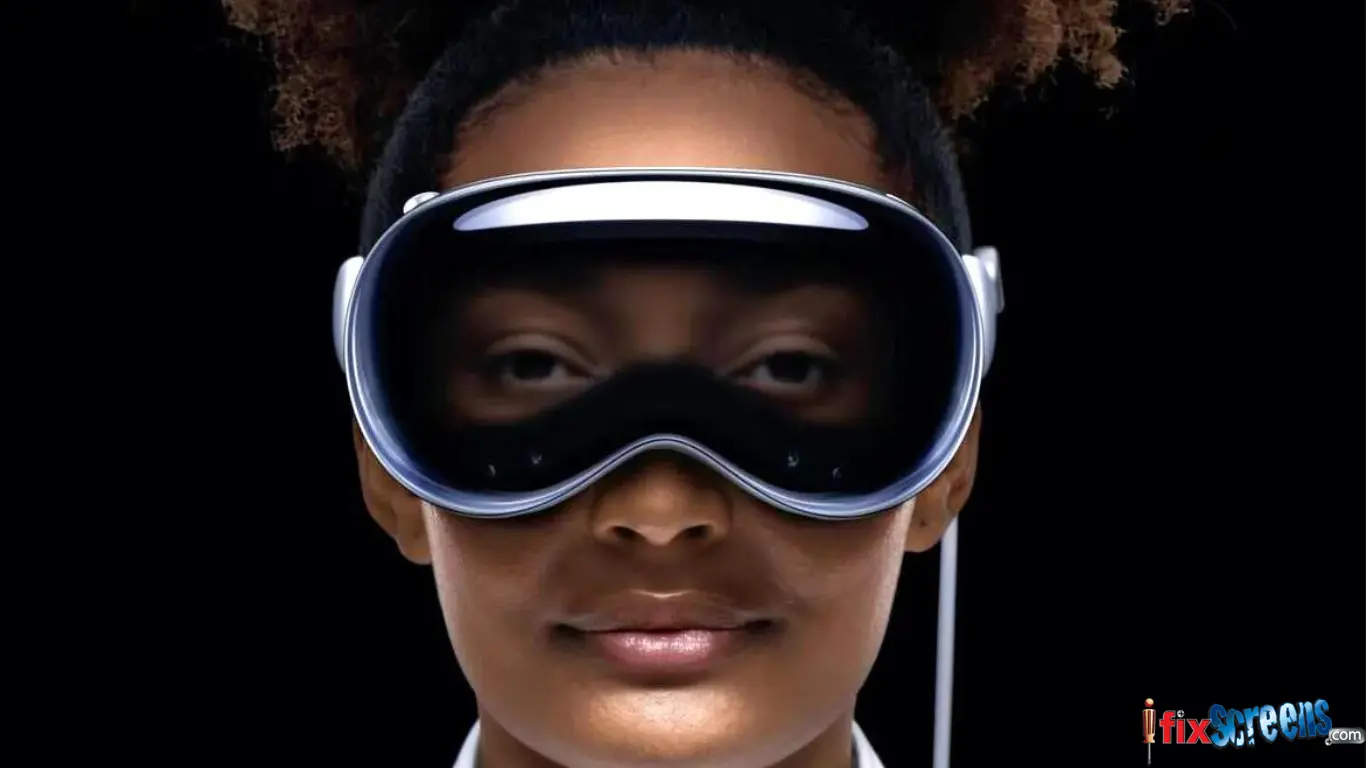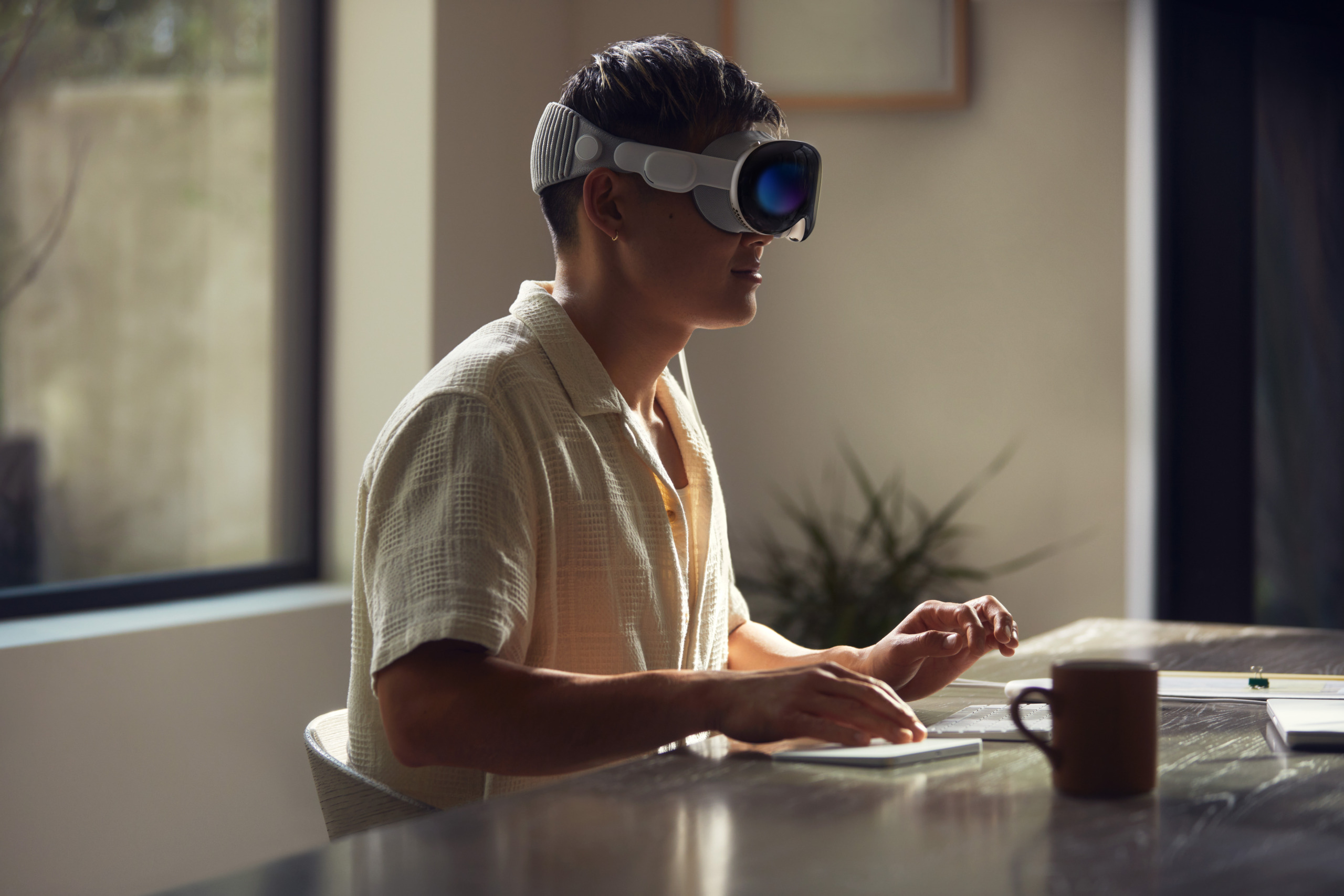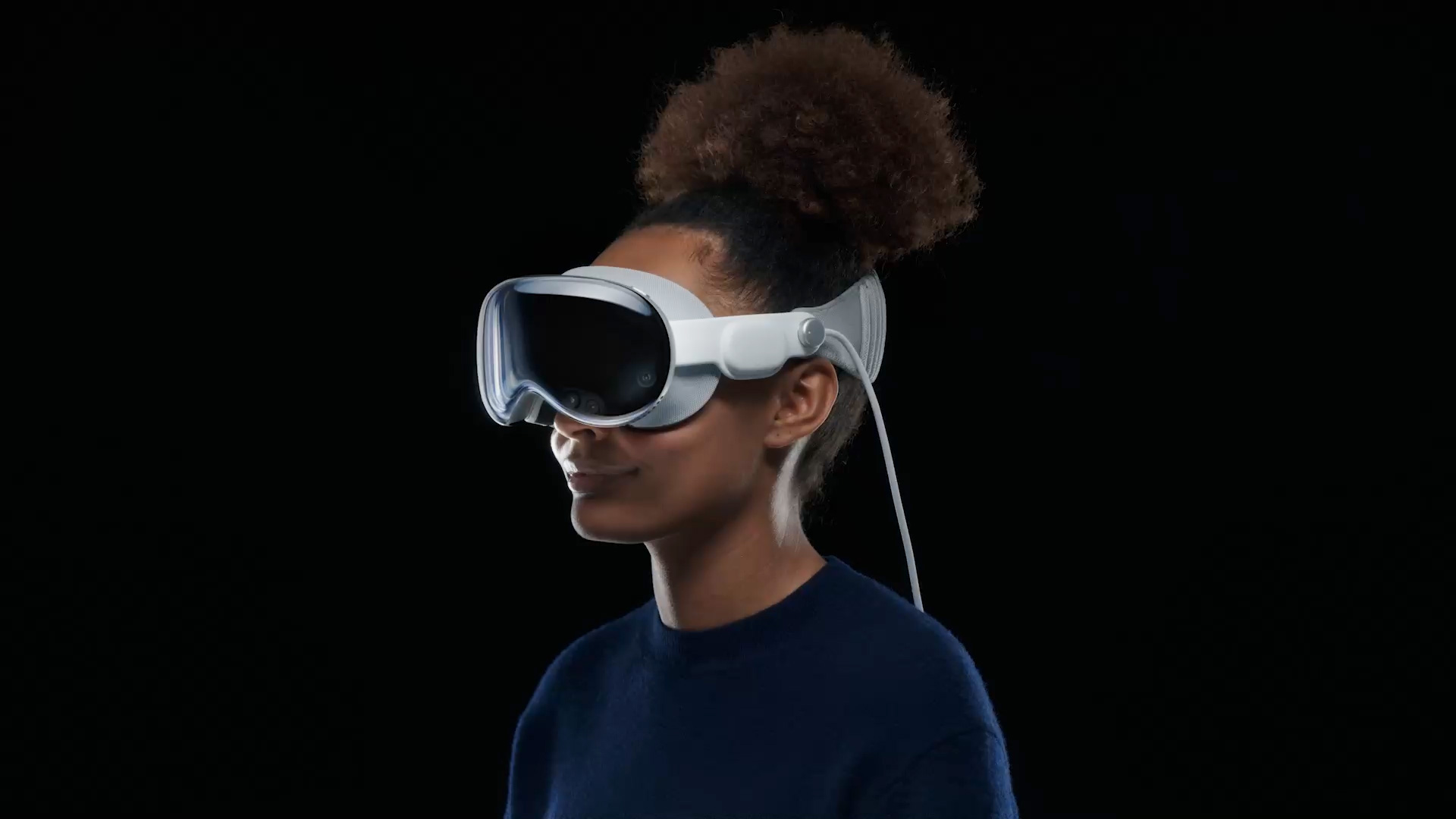Introduction
Apple, known for its groundbreaking innovations, is set to make a splash in the headset market with its highly anticipated product, Apple Vision Pro. Slated for release on February 2nd, 2024, in the United States, this cutting-edge headset promises to usher in a new era of spatial computing. With its seamless integration of digital content into the physical world, the Vision Pro is expected to revolutionize the way we interact with technology. In this article, we delve into the features of the Vision Pro, its potential impact on various industries, and its competition with the likes of Meta.
The Era of Spatial Computing
Spatial computing, a convergence of AI, extended reality (XR), IoT, and sensors, enables the fusion of virtual objects with real space, creating a more immersive human-computer interaction. Apple’s foray into this domain with the Vision Pro signifies the company’s commitment to pushing the boundaries of technology. Priced at $3,499, the headset boasts 256GB of storage, making it Apple’s most expensive product since the launch of the iPhone. Despite its hefty price tag, the Vision Pro has generated immense excitement, with many comparing its potential impact to the advent of the iPhone.

A New Player in the Headset Market
While Apple has enjoyed immense success in the realm of smartphones, the Vision Pro marks the company’s first foray into the headset market. This move comes at a time when virtual and augmented reality (VR/AR) technologies are gaining traction. By leveraging advancements in machine learning, computer vision, and other emerging technologies, spatial computing has the potential to dominate multiple industries in the coming decade. The Vision Pro positions Apple at the forefront of this transformative wave, offering users a groundbreaking AR experience.
Vision Pro Features and Capabilities
The Vision Pro is powered by Apple’s M2 chip, renowned for its superior performance and efficiency. In addition to the M2 chip, the headset incorporates a new chip called R1, which facilitates rapid processing of information from sensors, cameras, and microphones. This enables seamless navigation of the interface without the need for a controller, as the device can track eye, head, and hand movements. This intuitive interaction mechanism further enhances the user’s immersion in the AR environment, making the Vision Pro a truly revolutionary device.
Potential Applications in Various Industries
The Vision Pro’s capabilities hold significant promise for a multitude of industries and sectors. In the field of education, VR has the potential to transform traditional classrooms into immersive learning environments. By leveraging the Vision Pro’s features, educators can create engaging experiences that enhance student learning and provide greater insights for professional development. The headset’s ability to blend virtual elements into the physical world opens up new possibilities for industries such as architecture, design, and entertainment. From visualizing architectural plans to creating lifelike virtual sets, the Vision Pro empowers professionals to push the boundaries of creativity.

Anticipated Market Competition with Meta
While Apple’s Vision Pro sets the stage for a new era of AR technology, it faces stiff competition from Meta, a leading player in the headset market. Meta’s latest offering, the Meta Quest 3, combines virtual reality and mixed reality to deliver a powerful and immersive experience. With positive reviews and a relatively affordable price point, Meta has gained a significant foothold in the market. However, with its advanced features and Apple’s strong brand reputation, the Vision Pro has the potential to disrupt the status quo and dominate the market in 2024. Only time will tell how these tech giants’ offerings will fare in the evolving landscape of spatial computing.
Apple’s Journey in the Technology Landscape
Apple’s journey in the technology landscape has been nothing short of remarkable. From its humble beginnings to becoming the most valuable company in the US, Apple has consistently pushed the boundaries of innovation. However, recent challenges and increased competition have put pressure on the company. Despite experiencing the longest revenue slide in over 20 years, Apple’s Vision Pro could prove to be a crucial test in 2024. With its potential to redefine the AR industry, the headset could serve as a catalyst for Apple’s resurgence.

Conclusion
Apple’s entry into the headset market with the Vision Pro represents a bold step towards the future of AR technology. With its seamless integration of digital content into the physical world, the Vision Pro has the potential to transform multiple industries. While facing stiff competition from Meta, Apple’s strong brand reputation and advanced features position the Vision Pro as a formidable player in the market. As we eagerly await its launch, the Vision Pro holds the promise of revolutionizing our interaction with technology and ushering in a new era of spatial computing.
Additional Information:
- Apple Vision Pro will launch on February 2nd, 2024, in the United States, with pre-orders starting on January 19th, 2024.
- The Vision Pro is Apple’s most expensive product since the launch of the iPhone, priced at $3,499.
- The headset is powered by Apple’s M2 chip and features a new chip called R1 for rapid processing of information.
- The Vision Pro enables intuitive interaction through eye, head, and hand movements, eliminating the need for a controller.
- Meta’s Quest 3 headset offers a powerful VR and mixed reality experience at a relatively affordable price point.
